Northern Lights, Polar Lights or Aurora Borealis
Want to see the Northern Lights in real time? Our website will help you plan the perfect photo hunt! With the help of the interactive map you can track the movement of the northern lights, find out the activity index (KI-index) and the probability of observation in your region.
Here you can see a dynamic change of the aurora in real time

Here is a graph of the Aurora Index, which measures the level of geomagnetic activity and is common to the entire planet. The index ranges from 0 to 9, with the higher the value, the more likely you are to see the lights.
The aurora is usually seen at high latitudes, but strong storms can extend its visibility to more southern regions. Follow the index changes to plan your observations and do not miss your chance to see this spectacular natural phenomenon. For an accurate forecast, we recommend you referring to short-term forecasts.
Normal conditions (KP 1-3): The Northern Lights are only visible in polar latitudes - for example, in Murmansk (68° N), Norilsk (69° N) or Reykjavik (64° N).
Medium activity (KP 4-5): The aurora can be seen in more southern regions such as St. Petersburg (60° N), Stockholm (59° N) and even in the northern United States (Minnesota, 45-48° N).
Strong geomagnetic storm (KP 6-7): Northern Lights may reach Moscow (55° N), Berlin (52° N) and the northern US states (Washington, Iowa).
Extreme storm (KP 8-9): The aurora is visible very far to the south – to Paris (48° N), Kyiv (50° N) and even to the southern United States (Texas, 30° N)
Track the probability using our mobile app. There you can not only monitor changes, but also receive push notifications about high probability, so you do not miss out a high chance.
Hunting the northern lights is an amazing view that requires preparation and patience.
Aurora Borealis is not only a sight to behold, but also a deep emotional experience that will inspire you for life.
And if you do not have the opportunity to catch the Aurora on your own or you come to the northern latitudes for this purpose and are very limited in time, then you can turn to guides and tour operators who do this professionally for help.